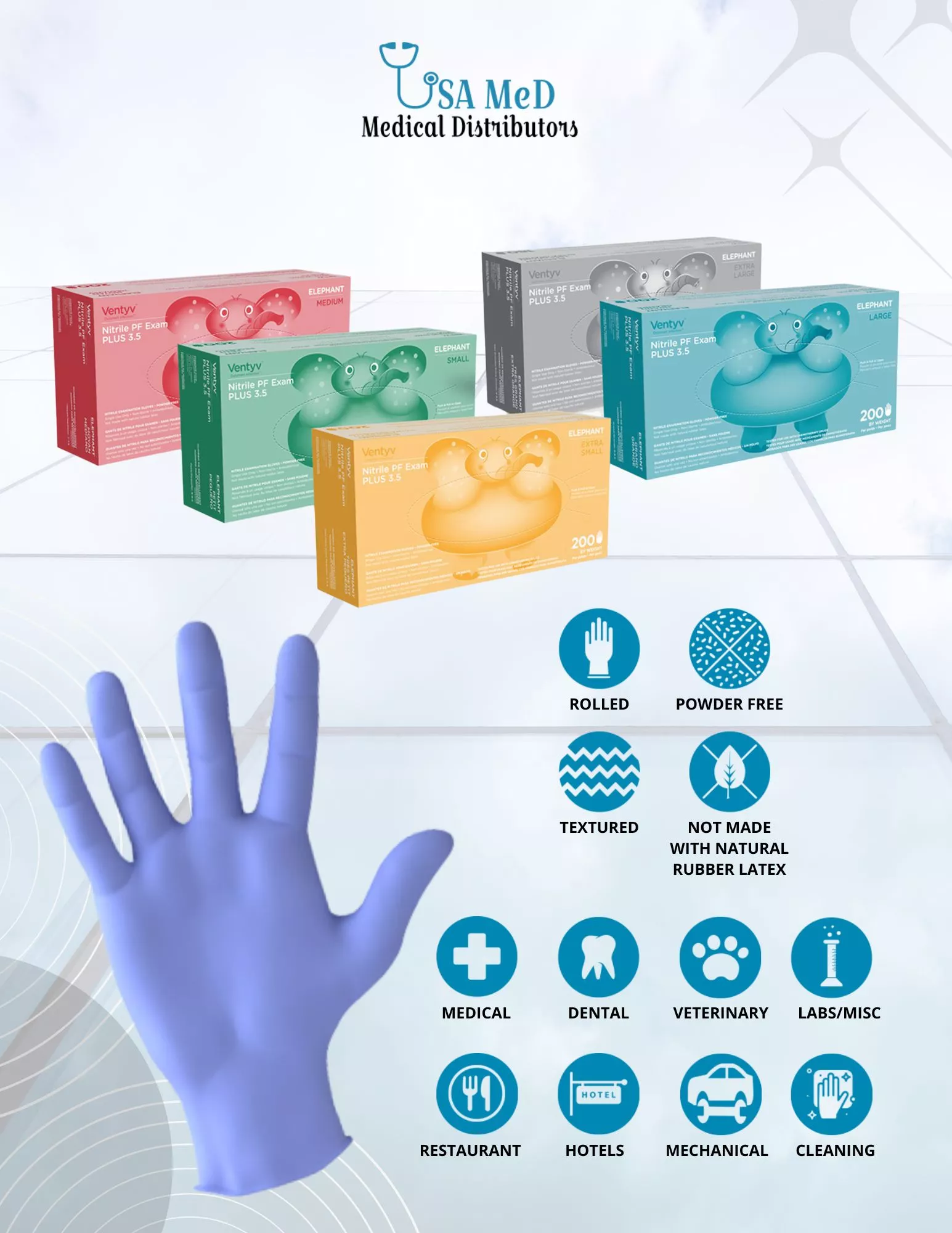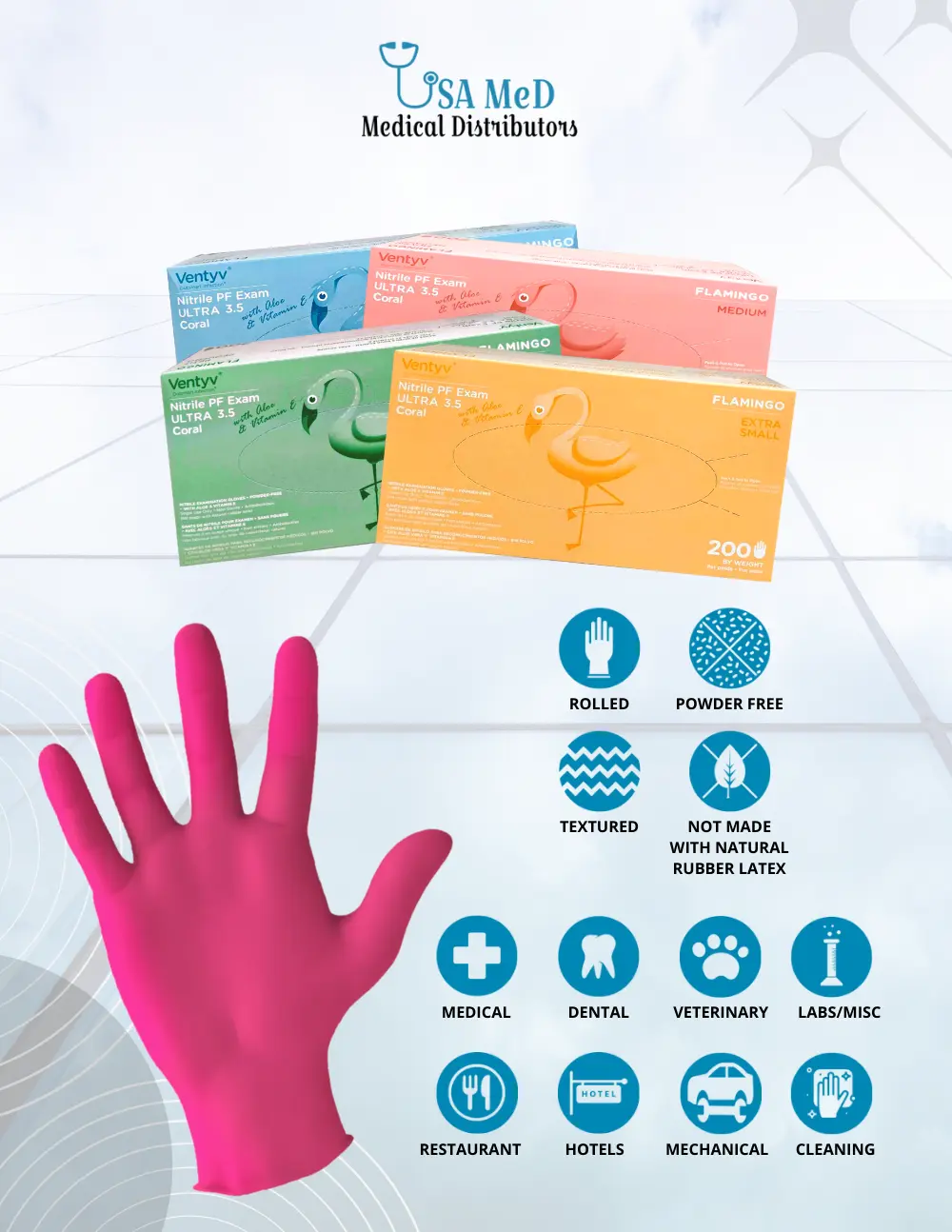
Can You Use Latex Gloves to Dye Hair?
The Importance of Gloves in Hair Dyeing When it comes to hair dyeing, the importance of wearing gloves cannot be overstated. Many people wonder, “Can


In today’s fast-paced industrial environments, the importance of hand protection cannot be overstated. Cut resistant gloves are a crucial element in workplace safety gear, specifically created to protect workers from injuries that can result from sharp objects and materials. They are essential for ensuring the safety of workers in various industries. But what are cut resistant gloves made of? These gloves are usually made from advanced materials like Kevlar, steel fibers, and high-performance polyethylene, providing top-notch protection while maintaining excellent dexterity. They combine durability with flexibility to ensure workers can perform tasks safely and efficiently.
Employers must prioritize the use of cut resistant gloves in their safety protocols. By minimizing the chances of lacerations and punctures, cut resistant gloves play a vital role in fostering a safety-conscious environment. This focus on safety not only boosts productivity but also contributes to a positive work atmosphere.Outfitting workers with top-notch industrial gloves showcases a company’s dedication to employee well-being. This proactive measure not only enhances worker safety but also reduces potential work interruptions due to injuries.
Investing in cut resistant gloves is not merely a compliance measure; it’s a crucial step towards creating a safer workplace. When employees feel protected, they can focus on their tasks with confidence and efficiency. In an industry where every second counts and safety is paramount, ensuring that your team has access to reliable hand protection is not just important—it’s imperative.
When it comes to cut-resistant gloves, the choice of materials plays a pivotal role in their effectiveness and durability. Understanding these common materials can help you make informed decisions for safety and performance.
Aramid fibers, known for their exceptional strength-to-weight ratio, are a staple in many high-quality cut-resistant gloves. These synthetic fibers provide excellent resistance to cuts while remaining lightweight and comfortable for the wearer. Similarly, steel fibers are incorporated into glove designs to enhance protection against sharp objects without sacrificing flexibility. The integration of steel adds an extra layer of defense that is particularly beneficial in industrial settings.
High-performance polyethylene (HPPE) is another key material that has revolutionized gloves. This innovative fiber offers remarkable cut resistance while also being breathable and moisture-wicking, ensuring comfort during prolonged use. Additionally, fiberglass is often used in combination with other materials to create a composite structure that maximizes protection while maintaining dexterity.
Composite materials combine various fibers to optimize performance characteristics such as cut resistance, flexibility, and comfort. Manufacturers can create gloves that meet safety standards by combining aramid fibers with HPPE or steel fibers with fiberglass. This fusion allows for the production of gloves that are both compliant with regulations and user-friendly.
In conclusion, cut resistant gloves are a vital aspect of workplace safety that cannot be overlooked in industrial environments. Crafted from cutting-edge materials such as aramid fibers, steel fibers, and high-performance polyethylene, these gloves offer crucial defense against cuts and punctures. They strike a balance by providing both protection and allowing wearers to maintain dexterity and comfort.
Employers must prioritize the use of these gloves in their safety protocols to cultivate a protective culture. This practice not only boosts productivity but also uplifts worker morale. Investing in quality hand protection is not just about compliance; it’s about ensuring employees can perform their tasks confidently and efficiently. By equipping teams with reliable gloves, companies demonstrate their commitment to safety and well-being—an imperative step towards creating a safer workplace for everyone involved.

The Importance of Gloves in Hair Dyeing When it comes to hair dyeing, the importance of wearing gloves cannot be overstated. Many people wonder, “Can

Understanding Glove Sizes: How Are They Measured? When it comes to finding the perfect pair of gloves, understanding glove sizes is crucial. You might be

Key Differences Between Nitrile and Latex Gloves for Culinary Use In the culinary realm, selecting between nitrile and latex gloves is vital to maintain safety

The Advantages of Using Nitrile Gloves for Those with Eczema When it comes to managing eczema, the choice of gloves can significantly impact skin health.

The Importance of Cut Resistant Gloves in Safety and Industry In today’s fast-paced industrial environments, the importance of hand protection cannot be overstated. Cut resistant
Driven by a passion for excellence, our mission is to consistently deliver the highest quality products at the most affordable prices. We aim to exceed customer expectations, creating value and trust.


Phone Number: (239) 266 -1290
Email Addresses:
sales@usamedicaldistributors.com
customercare@usamedicaldistributors.com
Mailing Address :
501 Goodlette, Frank Rd N A105, Naples, FL 34102
Copyright 2022 – 2024. USAMED Medical Distributors. All rights reserved.
Privacy Policy | Return and Refund Policy
| Website by M. Escober